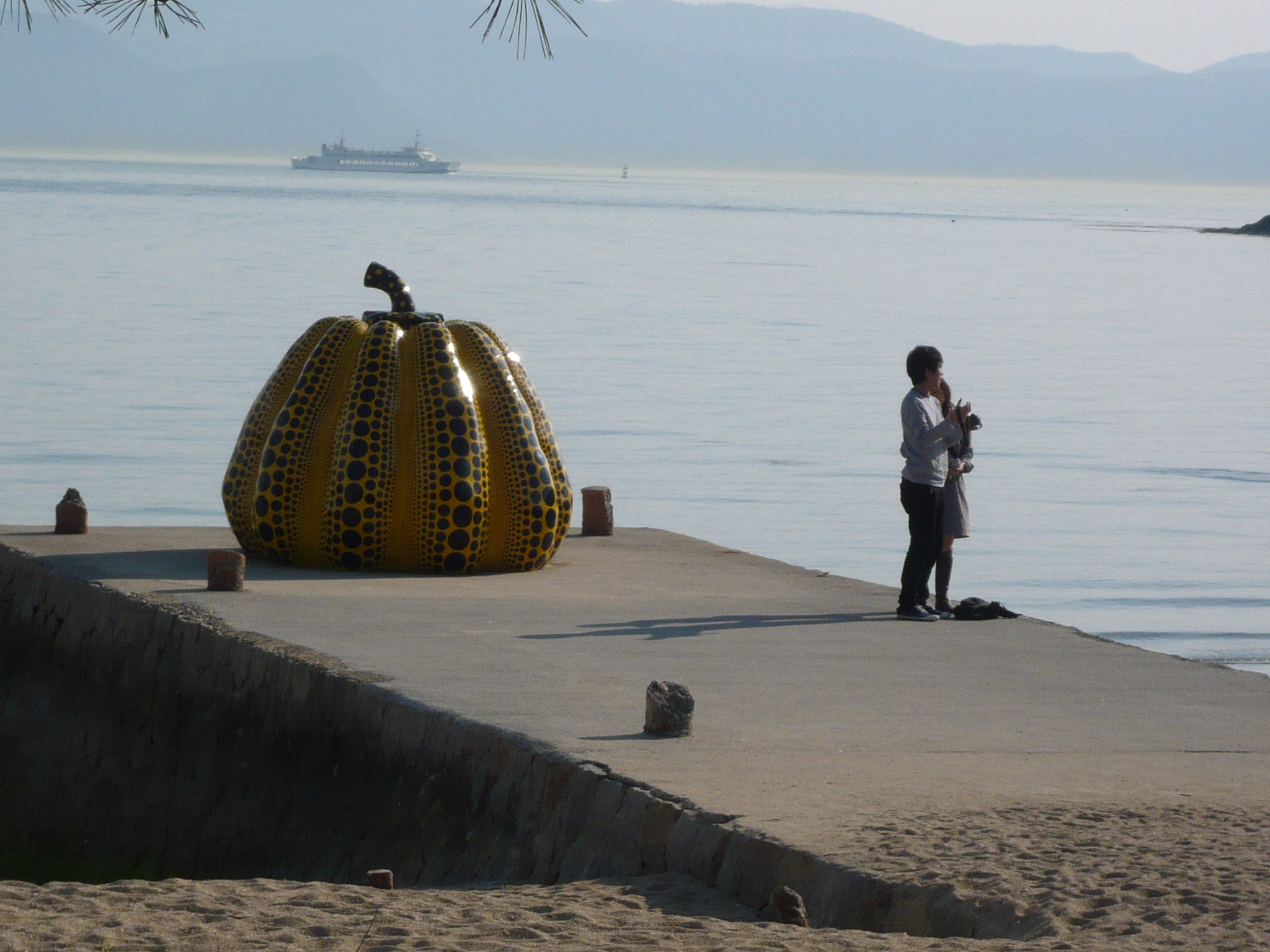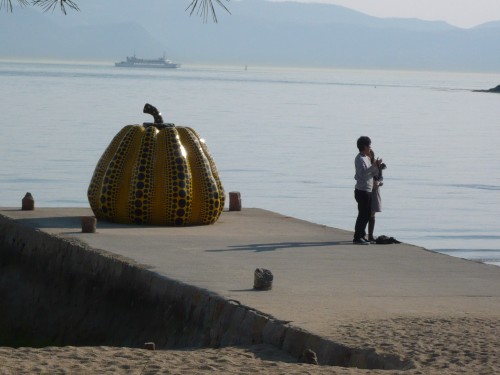Michel Foucault, in his 1984 essay Des espaces autres (Other Spaces), coins the term “hétérotopie”. He uses it to designate places evolving on the margin of what we could today call the territory of production. Foucault’s heterotopoi are cemeteries, brothels, prisons, boats, psychiatric hospitals… places inhabited by those who’ve either been excluded from society, or are no longer its members (being dead), or further by those who choose to step outside, in order to engage in “hidden” practices. Those who gather in heterotopoi have one thing in common: they do not exercise power. At least not in the power’s self-acknowledging way.
By pointing out the existence of heterotopoi, Foucault forces us to acknowledge their role. No territory can be made without them. But they are difficult to accept, even more so today than in his times, because the very fundament of the contemporary territory lies in the negation of everything it’s not. Heterotopy is the modern territory’s little secret, as foul as Guantanamo, as dark as Fritzel’s cellar, as tense as the Korean DMZ, as old as Mount Athos, as well-guarded as the bank vaults of tax heavens. But these heterotopoi, as much as the ones pointed out by Foucault, actually appear as what is left behind, or at best spared, by the integrating process of modernity. They are left-overs. Remnants. Residual spaces, where diverging realities survive, even grow perhaps, but mostly stall, like algae in a river shoal. Should the whole idea of heterotopy be limited to such spaces? Can it be?
I actually believe there is more to the concept of heterotopoi, even beyond Foucault’s own definition of the notion. Of course, it would make no sense questionning the coined meaning of the word if its etymological construction was arbitrary. But it is not. Hetero-topoi are the places of the Otherwise (ἕτερος), of an alternative reality, that can of course be a stalling one, but that is also a yet undetermined reality striving to make space for itself. We cannot let that Otherwise stall in some topological black hole of History, even if it was “only” a concept. Why? Because heterotopoi are the only places capable of transforming a territory, as I shall show.
The problem with Foucault’s definition of the notion is that it focuses on heterotopoi already present in the margins of the territory. Their otherness is the result of History, which anchors them in the past. The other heterotopoi – the ones I have in mind – are not yet out there. They only exist in an infinite set of possible futures that bifurcate from any given location.
Heterotopoi are not projects (a project is a future reality for which place has already been made). Heterotopoi precede projects. They precede them somewhere, though, and in that sense, are not mere u-topias. The particularity of future-oriented heterotopoi is that they share their location with already materialized realities. In an urban environment, marked by the omnipresence of human beings, any given effective place has its set of heterotopoi. What I mean is that any given urban place also exists otherwise in the imagination of its dwellers: as very concretely filled with other amenities, people, practices.
Heterotopoi and virtual spaces
In the days of Foucault, such imaginary otherness was deemed to remain confined in the minds of individuals. Graphic artists were perhaps the only dwellers empowered to share their heterotopoi with others. This situation has changed, though, along with the trivialization of virtual spaces. What we possess today is a potentially infinite set of formalized alternative spaces called “layers” of geographic information systems. The access to such systems is commonplace, not only for professionals of spatial planning, but to all human individuals connected to the World Wide Web. The most common of them are web mapping services such as Google Maps, Bing Maps or Open Street Map. Behind such systems – or, better said, part of these systems – is a multidisciplinary community of spatial professionals that set up their structure, collect spatial information and adapt it, for it to be integrated in the geographic system. In the last decade, these professionals have managed to open their communities by shifting their roles: they still produce spatial information, but spend even more time empowering non-professional GIS users to do so. In the case of Open Street Map, this empowering even goes so far as to allow users to produce the very base map used to display thematic information later on (traffic densities, land use types, building’s construction years, etc.). Still, even Open Street Map expects users to only report places that already exist, in the material sense of the expression. What about all the places that could be? I.e.: what about heterotopoi?
What we should be looking for are geographic information systems that gather and synthesize knowledge about all the Otherwise imagined by urban dwellers for any place in their city. This gathering of heterotopoi, and their synthesis in a common virtual spatial layer, is what I wish to call urban hetorostasis. In a democratic society, only hetorstasis can, in my eyes, legitimate an urban project. Can we conceive a pragmatic system which would bring about, or at least facilitate heterostais?
Towards urban heterostasis
In fact, such systems already exist. One of them I have reported in a preceding article in this blog, consecrated to collaborative augmented reality. CAR, however, requires some degree of fascination for computer interfaces. Relying on CAR for heterostasis would, in very crude terms, lead to a city of geeks. In fact, no technological system will do by itself. Effective heterostasis cannot rely on a system of machines and algorithms. It needs a complex production network, composed of human, non-human (cf. Latour 1999), mechanic and electronic components. Social scientists at ease with human contact need to approach human individuals to sound out their needs. Many different ways to express their localized desires must be provided to urban dwellers: not only in the form of Tweeter tweets, FaceBook likes, virtual Layar drawings or Google Maps tags, but also in the form of billboards, stickers, material traces in the urban space, that shelter heterotopoi in the form of text, drawing, sculpture, micro-model… A stimulating discussion with Jens Brandt, member of the urban thinktank Supertanker, recently made me discover the wide palette of such practices.
All this material, however, would be meaningless if not brought together at some point in time. While it is simple, for any human individual, to dwell in heterotopia, the aim of a human city is to co-dwell with all those of which it is composed. Precisely at this point, the mapper, the statistician, and the GIS technician step in, producing classes of equivalence between aspects of imaginary places, making them comparable, opposable in a common ontology, bringing them together in a common space, transforming a complex set of heterotopoi into a unique, spatial, representation of desire, that only one further step separates from becoming an urban project.
The task is hard and full of methodological pitfalls. Alain Desrosières, in his history of statistics (2000), belongs to the authors who reveal its complexity, its high stakes, its aporias. But the game’s worth the candle. In urbanism, the only alternative practice to heterostasis is the would-be “esthetic” tyranny of the architect, of the drawer of Sforzinda, of the builder of cities in the (social) desert, of the egocentric demiurge only eager to gather fame in the service of dictators. Urban heterostasis is everything except that type of urbanism. Heterostasis is the open possibility, for all the inhabitants of a city, to play the role they are able to play in producing a desired urban space.
References
Desrosières Alain, 2000, La politique des grands nombres : histoire de la raison statistique, 2e édition avec nouvelle postface de l’auteur, La Découverte (1e édition : 1993).
Foucault Michel, 1967, « Des espaces autres » – Conférence au Cercle d’études architecturales, 14 mars 1967, (publiée in Architecture, Mouvement, Continuité, n°5, octobre 1984, pp. 46-49). Republié dans la revue EMPAN. 2004/2 (no54), pages 12 à 19.
Latour Bruno, 1999, Politiques de la nature : comment faire entrer les sciences en démocratie, Paris : La Découverte.
See also
“Hétérostase” in Wikitractatus, 10.01.2012.
Rajesh Kottamasu, 2007, Placelogging Mobile spatial annotation and its potential use to urban planners and designers, MA thesis, MIT Sensable City lab.
Liina Einla, 2009, The Notion of Heterotopia in the Practice of Landscape Architecture. The Garden of Education – Alnarp, MA thesis, The Swedish University of Agricultural Science, Faculty of Landscape Planning, Horticulture and Agricultural Science.

